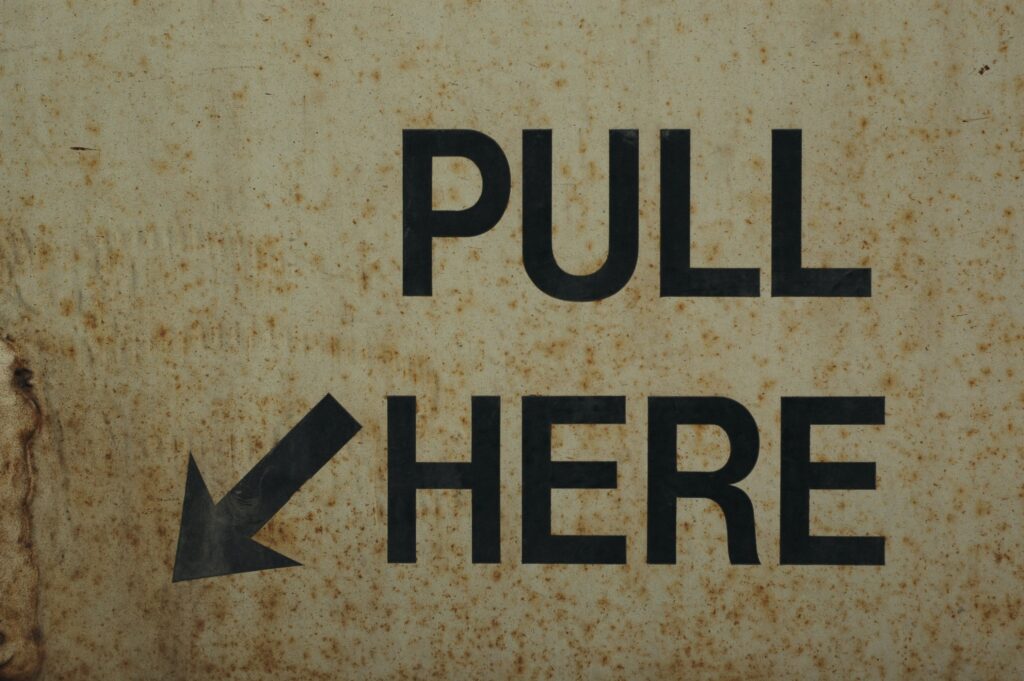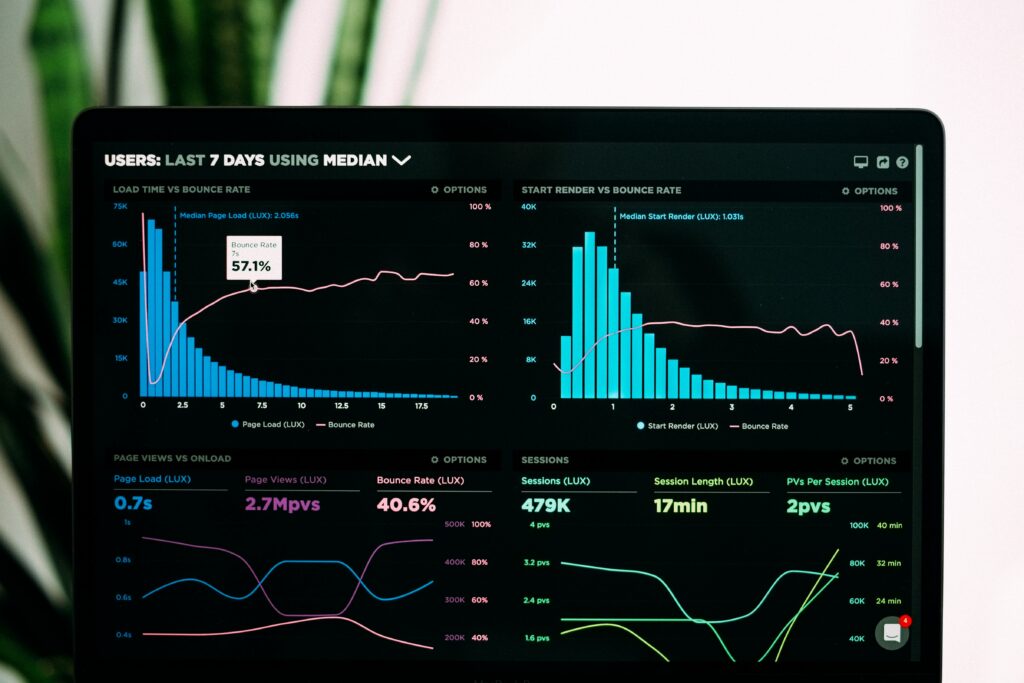In the fast-paced digital landscape, where attention spans are dwindling, and competition is fierce, businesses are constantly seeking effective strategies to boost their online conversions. One powerful tool that can significantly impact conversion rates is the call-to-action (CTA).
A well-crafted and strategically placed CTA has the potential to captivate users, guide them through the sales funnel, and ultimately prompt them to take the desired action.
This article will explore the various techniques and best practices for creating compelling CTAs and landing pages that help boost your conversion rates.
What is a CTA?
CTAs are simple statements normally displayed on a website, usually in the final paragraph of a webpage, designed for immediate responses from readers. It is usually sent to a user as an attempt by which a user clicks on a link to get a response. The call for action will help visitors engage with your site more effectively. A typical sales funnel moves users down the sales funnel to ultimately facilitate leads generation/purchase process.

Psychology Behind Effective CTAs
To create compelling CTAs, it is crucial to understand the psychology behind what motivates users to take action. By tapping into the following psychological triggers, you can optimize your CTAs for maximum impact.
There are many ways to do this; some methods are seen as predatory. We, CorEthos, prefer to stray away from that type of marketing, focus on value-add strategies, and create “Call to Benefit” buttons; more on that later.
We would be remiss in authoring a comprehensive discussion around the evolution of the “Call to Action” button and where it stands today. The following are all effective strategies to get a high-performing conversion point by calling your readers, users, or guests into action.
Using Persuasive Language
The choice of words in your CTA copy plays a pivotal role in influencing and converting user behavior. Employing persuasive language that emphasizes benefits, exclusivity, or value can significantly increase the likelihood of conversion.
Phrases like “Unlock exclusive offers,” “Get started now,” or “Limited time offers” instill a sense of urgency and exclusivity, compelling users to click.
Creating a Sense of Urgency
Human psychology is wired to respond to urgency. By incorporating elements that create a sense of urgency in your CTAs, such as countdown timers, limited stock notifications, or limited-time discounts, you can prompt users to act quickly and ultimately boost your online conversions.
Appealing to Emotions
Emotions play a significant role in decision-making. Craft your CTA copy in a way that triggers positive emotions, such as excitement, curiosity, or desire. This emotional connection can inspire users to engage with your CTA and move forward in the conversion process.

Designing Visually Appealing CTAs
The visual presentation of your CTAs can substantially impact their effectiveness. Consider the following design elements when creating visually appealing CTAs:
Colors, Contrast, and Placement
Choosing the right colors and contrasting them with the surrounding elements can help your CTAs stand out. A visually striking CTA button that contrasts with the background color or surrounding content will attract attention and entice users to click. Additionally, strategically placing CTAs in prominent locations on your website, such as above the fold or at the end of engaging content, can significantly improve their visibility.
Button Design and Size
The design and size of your CTA buttons can influence user engagement. Opt for button designs that are visually appealing, easily recognizable as clickable elements, and consistent with your brand's visual identity. Ensure that the button size suits both desktop and mobile users, allowing for easy tapping or clicking.
Crafting Compelling CTA Copy
The text used in your CTAs should be concise, action-oriented, and compelling. Consider the following tips when crafting the perfect CTA copy and marketing strategy:
Writing Concise and Action-Oriented Text
Keep your CTA copy brief and to the point. Use action verbs to encourage users to take action, such as “Join now,” “Download your free guide,” or “Subscribe for updates.” Avoid ambiguity and provide clear instructions on what users can expect when they click the above CTA links.
Using Power Words and Verbs
Powerful words can evoke strong emotions and persuade users to take action. Incorporate words like “free,” “instant,” “exclusive,” or “proven” to make your CTAs more compelling. Verbs, on the other hand, provide a sense of direction and urgency. Consider verbs like “discover,” “explore,” “unlock,” or “start” to stimulate user engagement.
Tailoring CTAs to Specific Target Audiences
Different target audiences may respond differently to specific language and messaging. Segment your audience based on demographics, interests, or browsing behavior, and create personalized CTAs that speak directly to their needs and desires. You can significantly improve conversion rates by understanding your audience and tailoring your CTAs accordingly.

From Call-To-Action to Call-To-Benefit
We believe your CTA should be more than just an instruction to click; it should also focus on the value that users can expect when they do. Focus on the benefits of taking action and explain why your product or service is worth the user's time and money.
Call-to-benefit is more effective than a call-to-action because it helps you better explain the value of your offer to your customers. By stressing its benefits and backing it up with data, you can create an unbeatable CTA that compels users to take action.
For example, rather than the button on your landing page saying ‘Call Now' to prompt the user to call you, it could say ‘Turn Your Problems Into Opportunities'; frame it in a button, make it clickable, and you've created your first CTB.
Learn more about the psychology behind call-to-benefit here.
Optimizing CTAs for Mobile Devices
With the rise of mobile browsing, optimizing your CTAs for mobile users is crucial. Consider the following strategies to ensure your CTAs are effective on smaller screens:
Responsive Design and Mobile-Friendly CTAs
Ensure that your website forms and CTAs are responsive and adapt seamlessly to different screen sizes. A mobile-friendly design eliminates any potential obstacles that could hinder users from clicking your CTAs and completing the desired action.
Thumb-Friendly Button Placement
Place your CTAs within easy reach of the user's thumb when using a mobile device. This placement ensures effortless interaction and reduces the chances of accidental clicks or frustration.
A/B Testing and Analyzing CTA Performance
To continuously improve the effectiveness of your CTAs, it's important to implement A/B testing and analyze their performance. Follow these steps to optimize your CTAs:
Importance of Testing Different CTAs
A/B testing involves creating multiple variations of your CTAs and comparing their performance to determine the most effective option. Test elements such as copy, colors, button design, placement, or even the overall CTA format. You can make data-driven decisions to optimize your CTAs by testing and analyzing the results.
Tracking Metrics and Analyzing Data
Utilize analytics tools to track important metrics like click-through rates (CTR), conversion rates, and bounce rates. Analyze the data to identify trends, patterns, or areas of improvement. By understanding how users interact with your CTAs, you can refine your strategies and drive better results.

Incorporating CTAs Throughout the User Journey
CTAs should be strategically placed throughout the user journey to guide users toward the desired actions. Consider the following placements for effective CTA implementation:
Placing CTAs on Landing Pages
Landing pages are often the first point of contact for users and form a key segment of any marketing funnel. Incorporate prominent and compelling CTAs that align with the goal of the landing page. Whether it's encouraging users to make a purchase, sign up for a newsletter, or request a demo, ensure your CTAs are visible and enticing.
The point of your landing page is to isolate your offer and keep the customers focused on the value the offer is providing. It's important to note that the words you use in your CTA are only half the battle. Your conversion rate heavily depends on how effectively your landing page conveys that value proposition to customers. Concentrating on your target audience's pain points is the easiest way to do this. This is where an ICP (ideal client profile) comes in handy.
Including CTAs in Blog Posts and Articles
Having engaging site content allows one to include relevant CTAs that supplement the information or offer additional resources. Place CTAs within your blog posts or articles to prompt users to explore related content, subscribe to your blog, or take further actions.
Utilizing CTAs in Email Marketing Campaigns
Email marketing remains a powerful tool for driving conversions. Incorporate CTAs in your email campaigns to encourage recipients to take action. Whether it's directing them to a product page, inviting them to participate in a limited-time offer, or promoting exclusive content, make your CTAs stand out within the email layout.
Strategies to Increase Click-Through Rates (CTR)
Increasing the CTR of your CTAs is essential for boosting online conversions. Implement the following strategies to increase conversions and encourage users to click:
Positioning CTAs Above the Fold
Place important CTAs above the fold, which refers the visitor to the portion of the webpage that is visible without scrolling. This ensures that users see the CTA immediately upon landing on the page, increasing the likelihood of engagement.
Using Contrasting Colors and Visual Cues
Make your CTAs visually distinct by using contrasting colors that grab visitors' attention. Consider using arrows, icons, or other visual cues that guide users' focus toward the CTA. Visual elements can enhance the visibility and impact of your CTAs.
Creating Personalized CTAs Based on User Behavior
Leverage user behavior data to create personalized CTAs. For returning visitors or those interested in specific products or services, tailor your CTAs to reflect their preferences. Personalization adds relevance and encourages users to take action.

Social Proof and Testimonials in CTAs
Social proof is a powerful persuasion tool. Incorporate social proof elements into your CTAs to build trust and credibility:
Incorporating Customer Reviews and Ratings
Display positive customer reviews, ratings, or testimonials alongside your CTAs. This social proof validates your products or services and instills user confidence, increasing the likelihood of conversion.
Highlighting Success Stories and Case Studies
Share success stories and case studies demonstrating your service offerings' value and benefits. Incorporate these stories within your CTAs to showcase real-world examples of how your products or services have positively impacted customers.
Boosting online conversions requires a strategic approach to crafting compelling call-to-action. You can significantly increase conversion rates by understanding the psychology behind effective CTAs, designing visually appealing CTAs, crafting persuasive copy, optimizing for mobile devices, conducting A/B testing, and strategically placing CTAs throughout the user journey.

Analyzing Your Landing Page from a Customer-Centric Perspective
After conducting a conversion rate optimization review, give your landing page a final recap from a site ‘visitor' point of view. Look for these eight elements during your review:
- Clear Value Proposition: Communicate your unique value proposition clearly and concisely in the headline.
- Engaging Copy: Craft persuasive, customer-focused copy highlighting benefits and addressing pain points.
- Visual Appeal: Incorporate high-quality, relevant images that complement your message and reinforce your brand.
- Intuitive Navigation: Ensure easy navigation to help visitors find desired information effortlessly.
- Compelling Call-to-Action: Prominently display a clear, action-oriented CTA with a sense of urgency.
- Trust and Credibility: Include trust signals like testimonials, reviews, and security badges.
- Mobile Responsiveness: Optimize your landing page for seamless viewing on various devices.
- Page Load Speed: Optimize load speed by compressing images and minimizing code.
Analyzing your landing page from a customer-centric perspective and implementing key optimization strategies will enhance user experience, drive higher conversions, and achieve greater success in your online endeavors.
Continually refine and improve your landing page based on feedback and data to ensure long-term effectiveness. Always remember a customer-focused approach is the key to outranking competitors and maximizing your online conversions.
Let's Chat!
Interested in a landing page audit or want to improve your current conversion rates? Create your first CTB with us!



